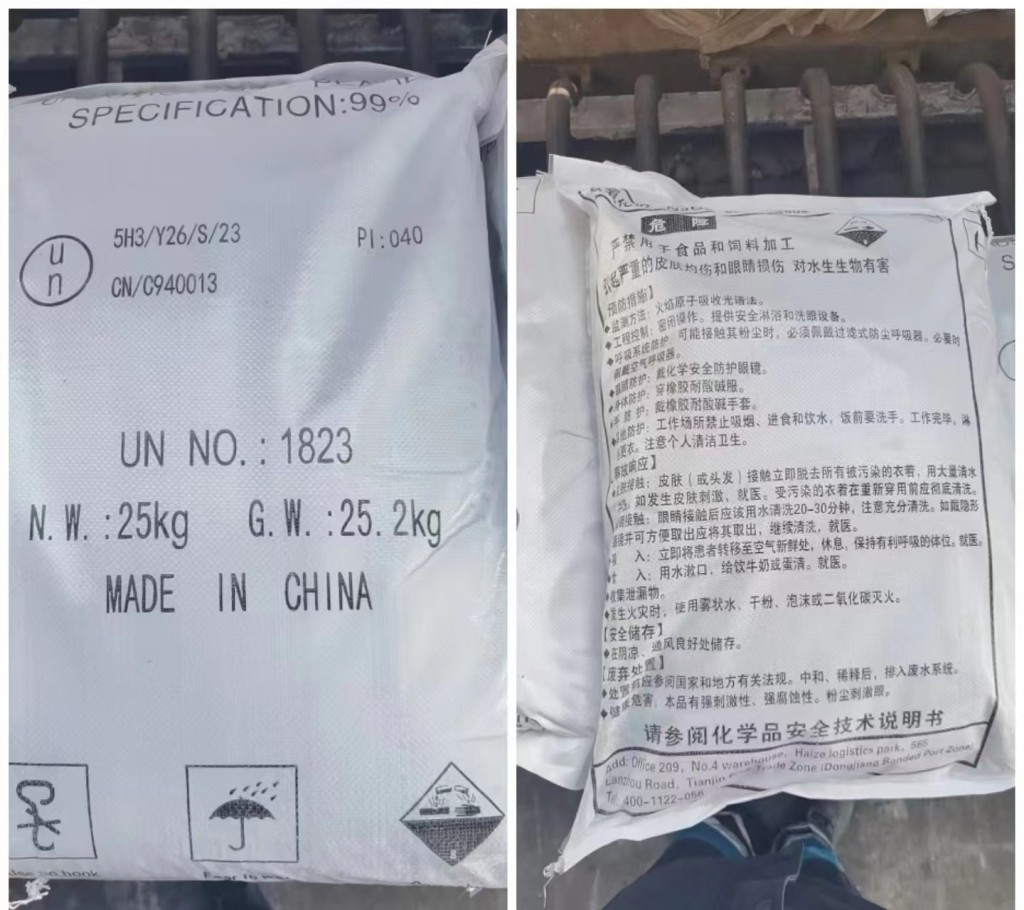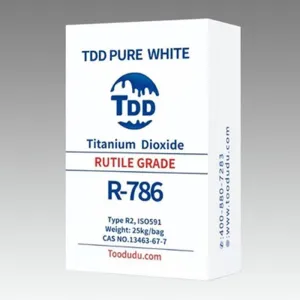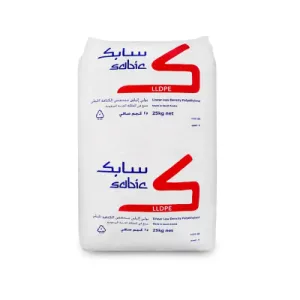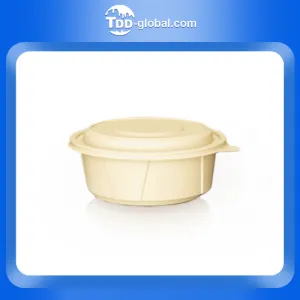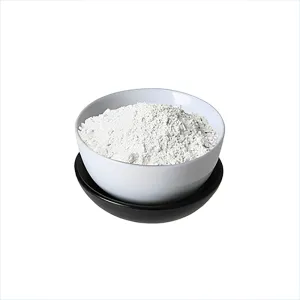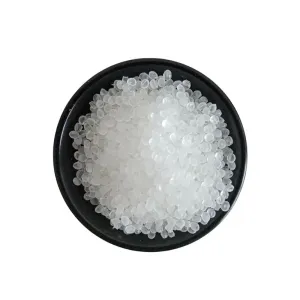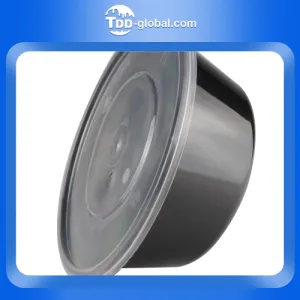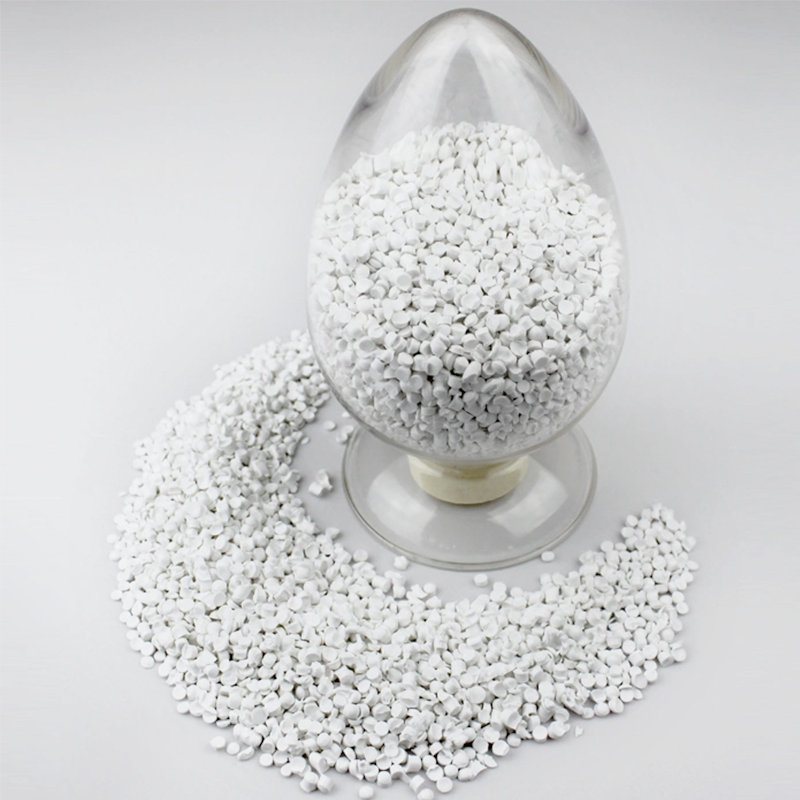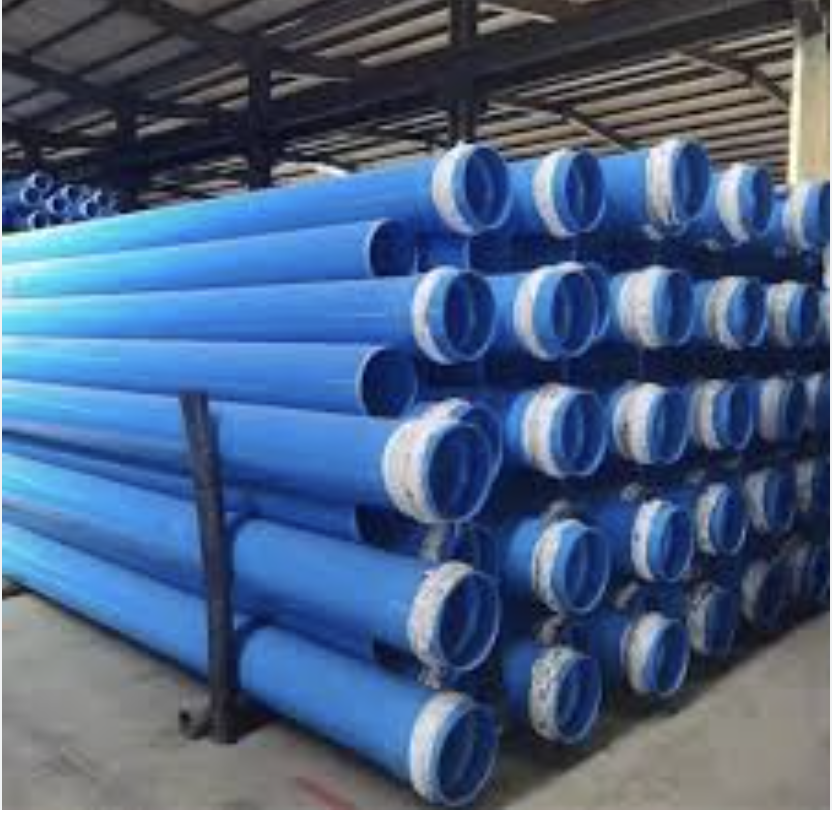-
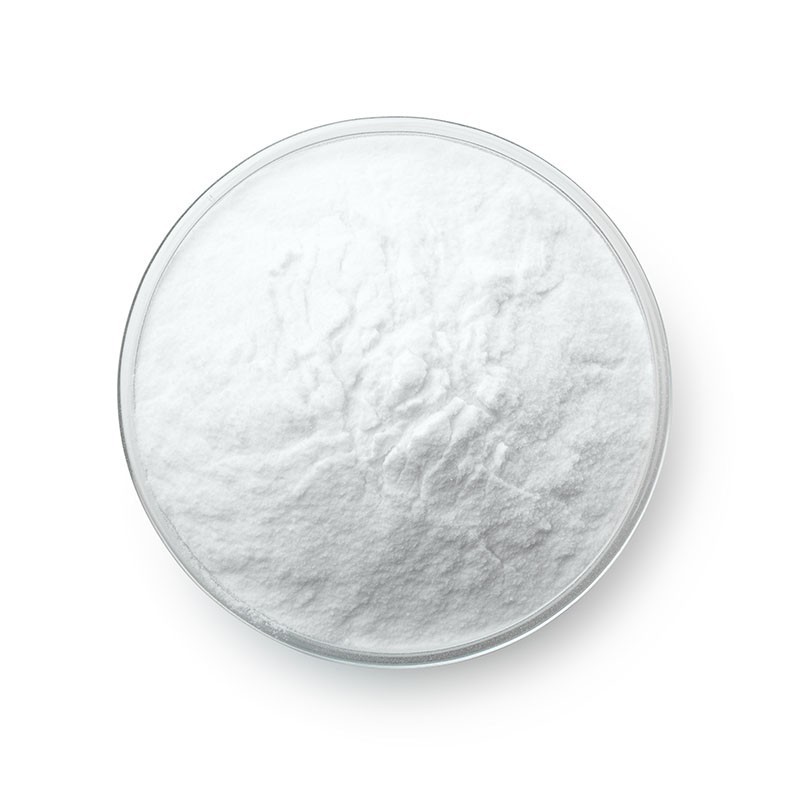 PVC RESIN DG-1000S
PVC RESIN DG-1000S -
 Heng Sheng Oxalic acid
Heng Sheng Oxalic acid -
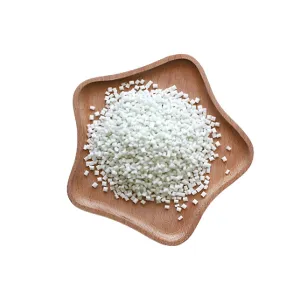 Food Preservative Calcium Propionate Granular (E282)
Food Preservative Calcium Propionate Granular (E282) -
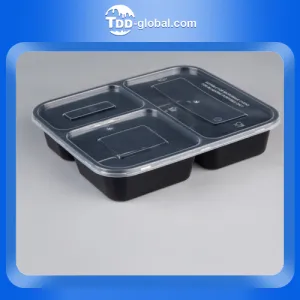 S1031 Plastic Meal Prep Containers with Lids, 1000ml Leakproof Rectangular Food Storage Container Box for Restaurant
S1031 Plastic Meal Prep Containers with Lids, 1000ml Leakproof Rectangular Food Storage Container Box for Restaurant -
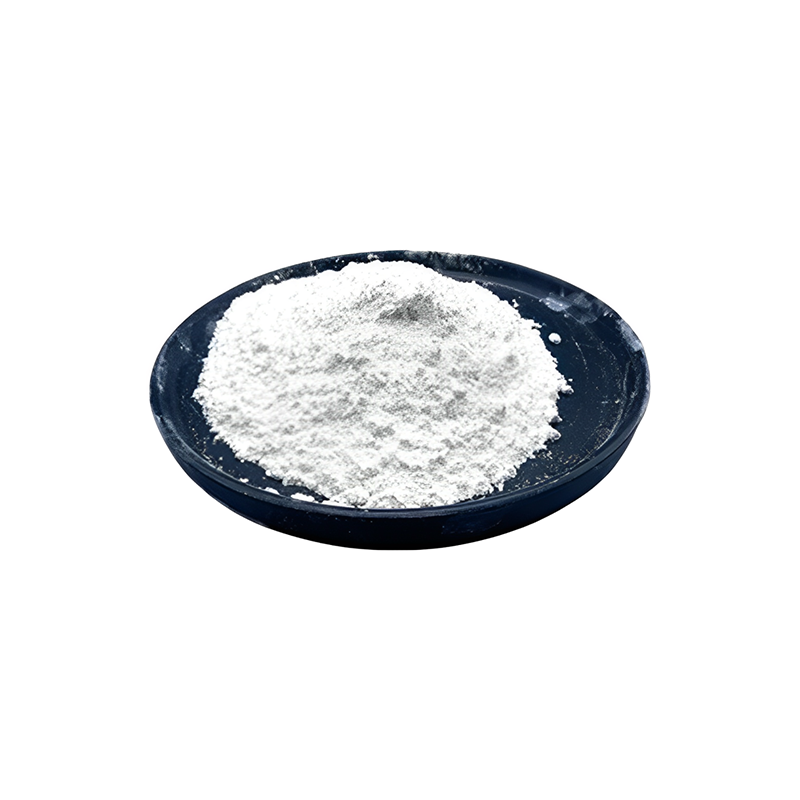 Food Grade Gamma Aminobutyric Acid GABA
Food Grade Gamma Aminobutyric Acid GABA -
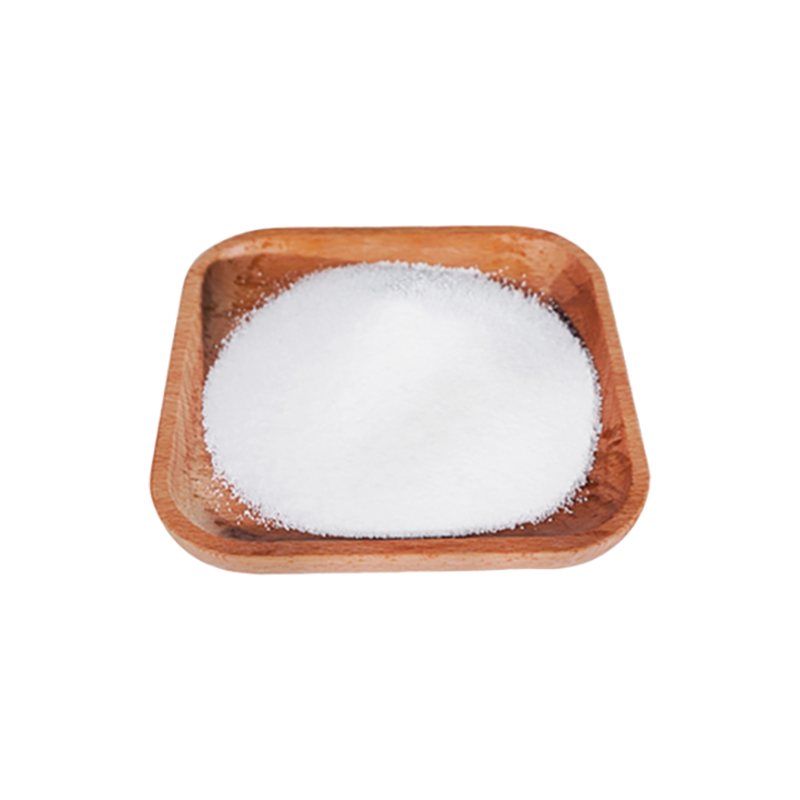 Paste PVC resin PB 1156
Paste PVC resin PB 1156 -
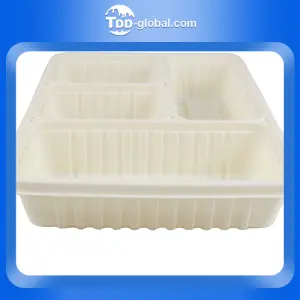 Wholesale price custom take away food lunch box corn starch lunch box disposable food box
Wholesale price custom take away food lunch box corn starch lunch box disposable food box

KerwinWindsor
I'm a seasoned industrial engineer with a keen interest in machine learning. Here to share insights on latest industry trends.



